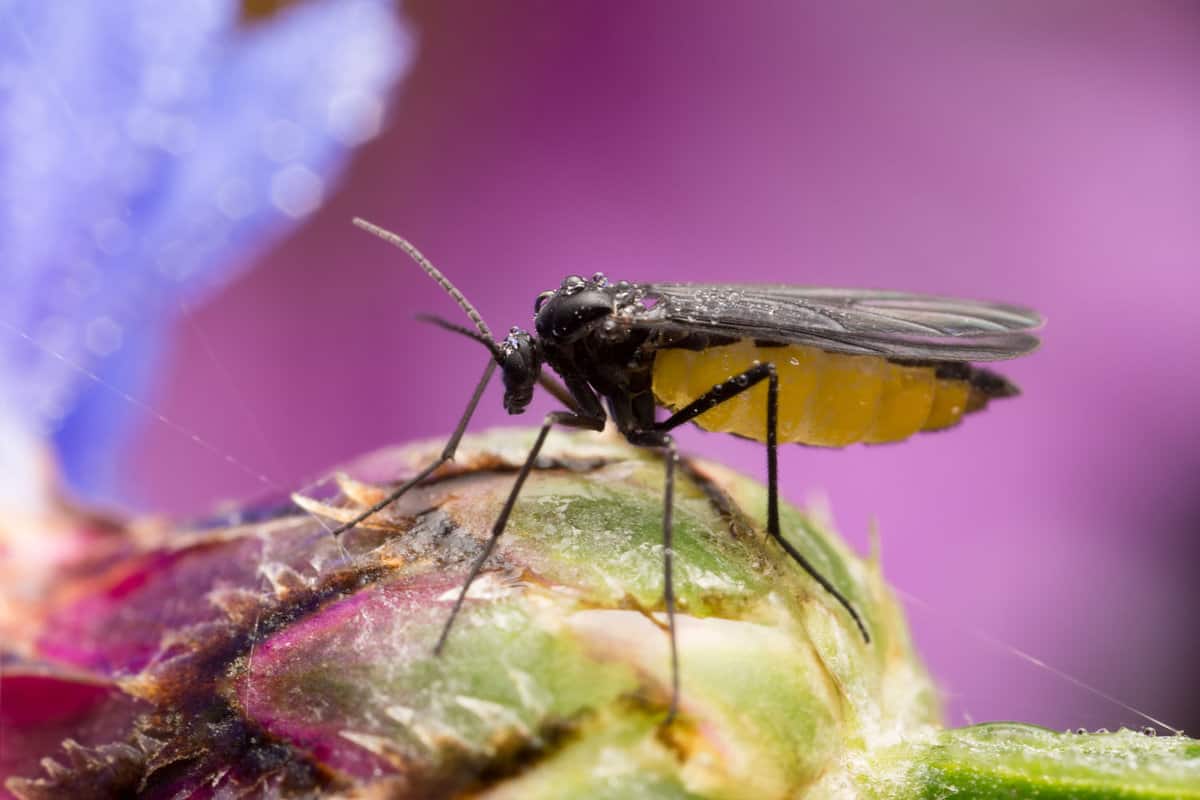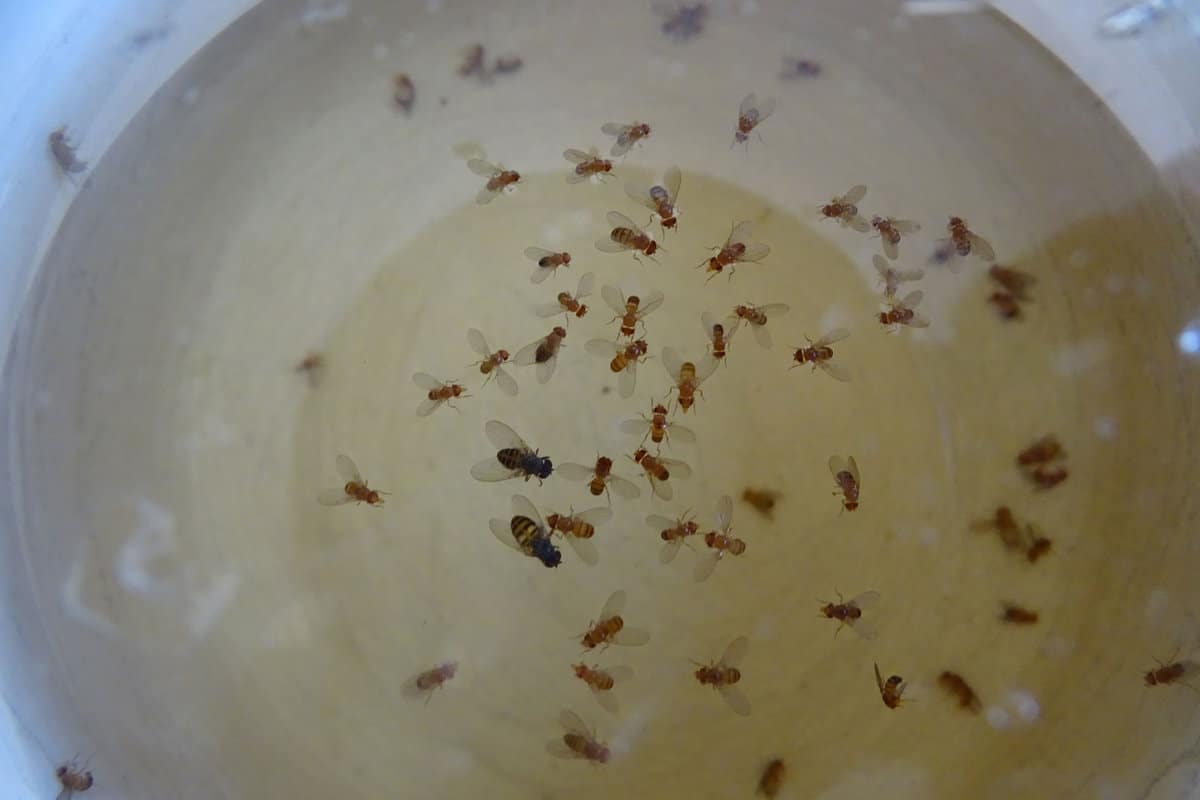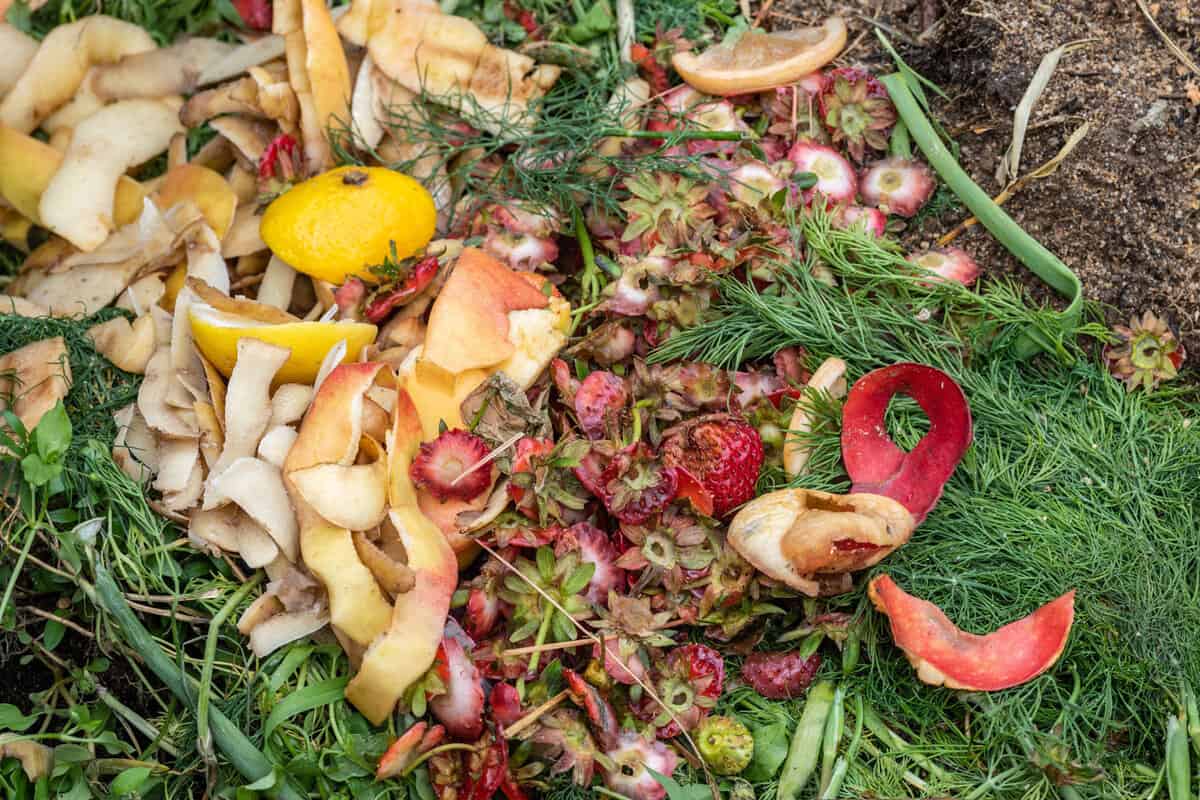Gnats can be a pesky problem, as these tiny insects can cause damage to your beloved greenery.
But don't worry! In this article, we'll explore the top 6 gnat killer products for indoor plants and how to get the best results out of them.
We'll discuss each product's effectiveness, cost, features, and any additional insects they might target.
So, are you ready to claim victory over those pesky invaders? Let's start!
6 Best Gnat Killer For Indoor Plants
- Top Choice: Harris Neem Oil Spray for Plants
- Budget Option: Dwcom Sticky Pad Multi-Pack
- Best Chemical Solution: Bonide Systemic House Plant Insect Control
- Best Natural Solution: Diatomaceous Earth
- Pet-Friendly Option: KATCHY Indoor Insect Trap
- Best Treatment Spray: Garden Safe Houseplant Insect Killer
6 Best Gnat Killer For Indoor Plants Reviews
Top Choice: Harris Neem Oil Spray for Plants
See Harris Neem Oil on Amazon.
Have you been looking for an effective and natural gnat killer for your indoor plants? Harris Neem Oil Spray is a fantastic choice.
Made with cold-pressed neem oil harvested from neem tree seeds, this product offers a great preventative solution to fungus gnats in all stages - from egg to mature adults.

Additionally, this 3-in-1 spray not only targets gnats but is also effective against other common pests, fungi, and mites.
Harris Neem Oil is an affordable and safe solution for both you and your plants, making it a smart investment for any indoor gardener.
How to Use
Using Harris Neem Oil Spray is a breeze; just follow these simple steps:
- Shake the bottle well before use.
- Spray the leaves of your plants, ensuring you cover both the tops and undersides.
- Apply as needed, according to label directions.
Pros
- Safe and natural way to control gnats and other pests
- Effective against a variety of insects
- Enhances the appearance of plant leaves
- Quick-acting formula
- Affordable and easy to use
Cons
- It may have a strong odor
- You need to reapply it regularly as needed
Budget Option: Dwcom Sticky Pad Multi-Pack
See Dwcom Sticky Pad on Amazon.
The Dwcom Sticky Pad Multi-Pack is a sticky, non-toxic, and odorless trap designed specifically for house indoor plants.
It's important to note that while the Dwcom Sticky Pad Multi-Pack is effective against gnats and other small insects, it may also catch non-target insects like beneficial ones.

Additionally, the traps can get dirty quickly and may require frequent replacement depending on the level of infestation.
Overall, the Dwcom Sticky Pad Multi-Pack is a versatile option for indoor plant owners looking to keep their plants gnat-free.
How to Use
To use the Dwcom Sticky Pad, simply remove the protective layer to expose the sticky surface, and then place the traps close to your plants.
You can either stick them directly in the soil or hang them using the included ties.
Be sure to check the traps regularly and replace them when they are full of insects or get too dirty.
Pros
- Affordable - a single pack costs just around $.15 to $.30
- Non-toxic and odorless
- Easy to use
- Effective against gnats, fruit flies, and other small insects
- Specifically designed for houseplants
Cons
- Can also catch non-target insects like beneficial ones
- Can get dirty quickly
- It might require frequent replacement depending on the level of infestation
Best Chemical Solution: Bonide Systemic Insect Control
See Bonide Systemic Insect Control on Amazon
The Bonide Systemic House Plant Insect Control does not only take care of gnats but also eliminates other pesky insects like mealybugs, aphids, and scales.

Please note that this product is not suitable for use on herbs, vegetables, or fruit-bearing plants as it uses a chemical solution.
The active ingredient is imidacloprid, which poisons the parasites upon watering and provides lasting insect control for your indoor plants.
Related article: Does Bonide Kill Fungus Gnats?
How to Use
Here's how to use Bonide:
- Mix Bonide with water at a ratio of 1-2 oz per gallon.
- Spray the entire plant, making sure to cover both sides of the leaves thoroughly.
- It's best to apply the insecticide when you notice insects or damage caused by insect feeding.
- Wait for 7-10 days between applications.
- If reinfestation occurs, repeat the treatment.
Note: Some insects, such as flower thrips, gladiolus thrips, mealybugs, scales, two-spotted spider mites, and white flies, may be harder to kill.
In these cases, you may need to apply the insecticide two to three times.
Pros
- Effective against various plant-feeding insects
- Easy-to-apply granules
- Long-lasting insect control
Cons
- Not suitable for herbs, vegetables, or fruit-bearing plants
- It may harm beneficial insects that feed on plants
- Potential risks to non-target organisms
Best Natural Solution: Diatomaceous Earth
See Diatomaceous Earth on Amazon.
If you're looking for an all-natural, non-toxic solution to your indoor gnat problem, Diatomaceous Earth (DE) is a good choice.
It's a fine powder made from natural minerals like silica, organic matter, or fossilized algae.

DE is not only effective at killing gnats, but it also targets other insects, such as ants, fleas, and bed bugs.
Its affordability and organic nature make it a popular choice for many indoor plant enthusiasts looking for a chemical-free alternative.
How to Use
Using Diatomaceous Earth on your indoor plants is simple and easy:
- Make sure the affected plant's soil is dry before applying DE.
- Sprinkle a thin layer of DE on the surface of the soil and around the base of the plant.
- Reapply DE every few days or after watering, as moisture can reduce its effectiveness.
Don't forget to wear a mask when applying DE, as inhaling the fine powder can be irritating.
Pros
- All-natural and non-toxic
- Affordable
- Effective against multiple insects
- Won't harm plants
Cons
- Requires frequent reapplication
- Less effective in humid conditions
- It may cause irritation if inhaled
Pet-Friendly Option: KATCHY Indoor Insect Trap
See KATCHY Indoor Insect Trap on Amazon.
The KATCHY Indoor Insect Trap is a great pet-friendly option for eliminating gnats and other flying insects from your indoor plants.
KATCHY is not only effective for gnats; it also targets mosquitos, moths, and fruit flies.
It uses a combination of UV light, a fan, and sticky glue to attract and trap insects, making it a non-toxic and child-safe solution.
The stylish design also ensures that it blends well with your home décor.

How to Use
Using the KATCHY Indoor Insect Trap is easy. Simply follow these steps:
- Place the trap near your indoor plants or the area you suspect has a gnat infestation.
- Plug the device into a power outlet.
- Turn it on and allow the UV light to attract and trap insects.
- Replace the glue board when it gets full of insects.
Pros
- Pet-friendly and non-toxic
- Effective for gnats, mosquitos, moths, and fruit flies
- Easy to use and maintain
- Stylish design that fits well in your home
Cons
- Not suitable for outdoor use
- It may require frequent replacement of glue boards
Best Treatment Spray: Garden Safe Houseplant Insect Killer
See Garden Safe Houseplant Insect Killer on Amazon.
Another highly effective gnat killer designed for indoor plant care is the Garden Safe Houseplant Insect Killer.
It does not only target fungus gnats of all stages but also works on common pests, including aphids, mealybugs, and spider mites.
Because it's from botanical ingredients, it is safe to use around children and pets.
The 24-ounce spray bottle is budget-friendly, so you don't have to worry about breaking the bank!
How to Use
To effectively exterminate gnats from your indoor plants, follow these simple steps:
- Ensure that the spray is mixed well before applying.
- Generously coat the infested houseplant's soil, stem, and leaves, ensuring you cover all surfaces.
- Repeat treatment weekly or as needed.
Pros
- Effective at eliminating gnats and other common pests
- Safe for use around children and pets
- Budget-friendly
- Ready-to-use 24-ounce spray bottle
- Made from botanical ingredients
Cons
- May require multiple applications for severe infestations
- Not as long-lasting as synthetic insecticides
Home Remedies To Repel Gnats From Indoor Plants
Looking for DIY solutions? We've got some simple and effective home remedies to keep those pesky little bugs at bay.

With these easy methods, your plants will be gnat-free and thriving in no time!
Control Water to Prevent Excessive Moisture
Reducing excessive moisture is key to preventing gnats from making your plants their home.
To do this, allow the soil to dry out between waterings and avoid over-watering your plants.
By maintaining a good balance of moisture in the soil, you can prevent gnats from laying eggs and breeding in your indoor plants.
Vinegar Gnat Trap
One popular and easy way to catch gnats is to set up a vinegar gnat trap.

All you need is a small bowl, vinegar, sugar, water, and dish soap. Mix the ingredients together and place the bowl near your indoor plants.
Gnats will be attracted to the smell and get trapped in the mixture.
Putting Potato Slices in the Soil
Believe it or not, placing potato slices in the soil is an effective way to combat gnats. The potato slices act as bait, attracting larvae that feed on them.

After a day or two, remove the potato slices along with any attached larvae and discard them.
Repeat this process until there are no more larvae present in your indoor plants.
Use An Essential Oil Diffuser
Essential oils can be a great natural solution to repel gnats. Some effective options include peppermint oil, geranium oil, and eucalyptus oil.

Using an essential oil diffuser near your indoor plants can help keep gnats at bay.
Make sure to use the oils in moderation and follow the diffuser's instructions to prevent any harm to your plants.
Gnat Killer For Indoor Plants Buyer’s Guide
Gnats are small, flying insects that can become a nuisance for indoor plants and homeowners.

These pesky insects can harm your beloved plants and create an uncomfortable environment. So, it's essential to tackle them before they get out of hand.
Continue reading: Thrips Vs. Fungus Gnats: What’s The Difference & How To Treat?
How To Check for Fungus Gnats in Indoor Plants?
Fungus gnats are attracted to damp soil and decomposing organic matter.
To check if your indoor plants have a fungus gnat infestation, observe the soil and the surroundings.

If you notice tiny, flying insects hovering near your plants or crawling on the soil surface, it’s time to take action!
Factors to Consider When Buying Gnat Killer Products
When shopping for the best gnat killer for your indoor plants, keep in mind the following factors:
- Effectiveness: Choose a product that has proven successful in controlling and eliminating gnats.
- Cost: Look for gnat killers that fit your budget without compromising their effectiveness.
- Features: Evaluate the products based on ease of use and additional benefits, such as those that target other common household pests.
- Safety: Opt for non-toxic, eco-friendly gnat killers if you have pets or children at home.
Final Thoughts
After going through various gnat killer products, you might have a clearer idea of which one is right for your indoor plants.
Always remember to read and follow the instructions carefully – it ensures the safety of your plants and helps you achieve the best results possible.






